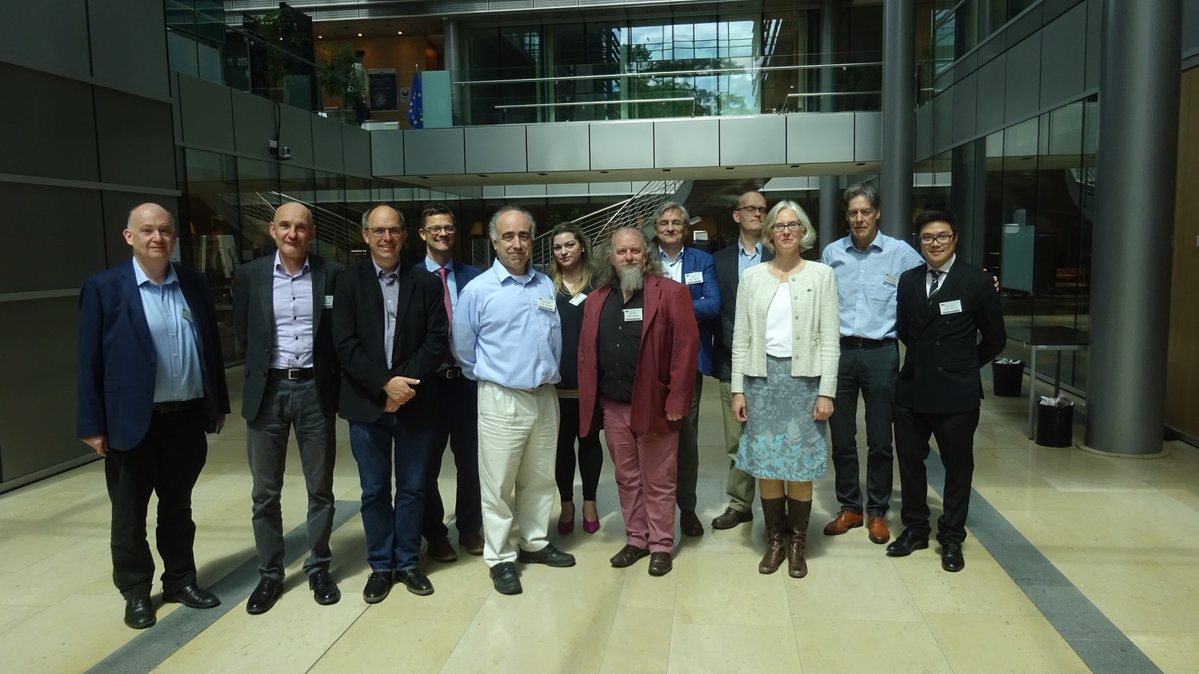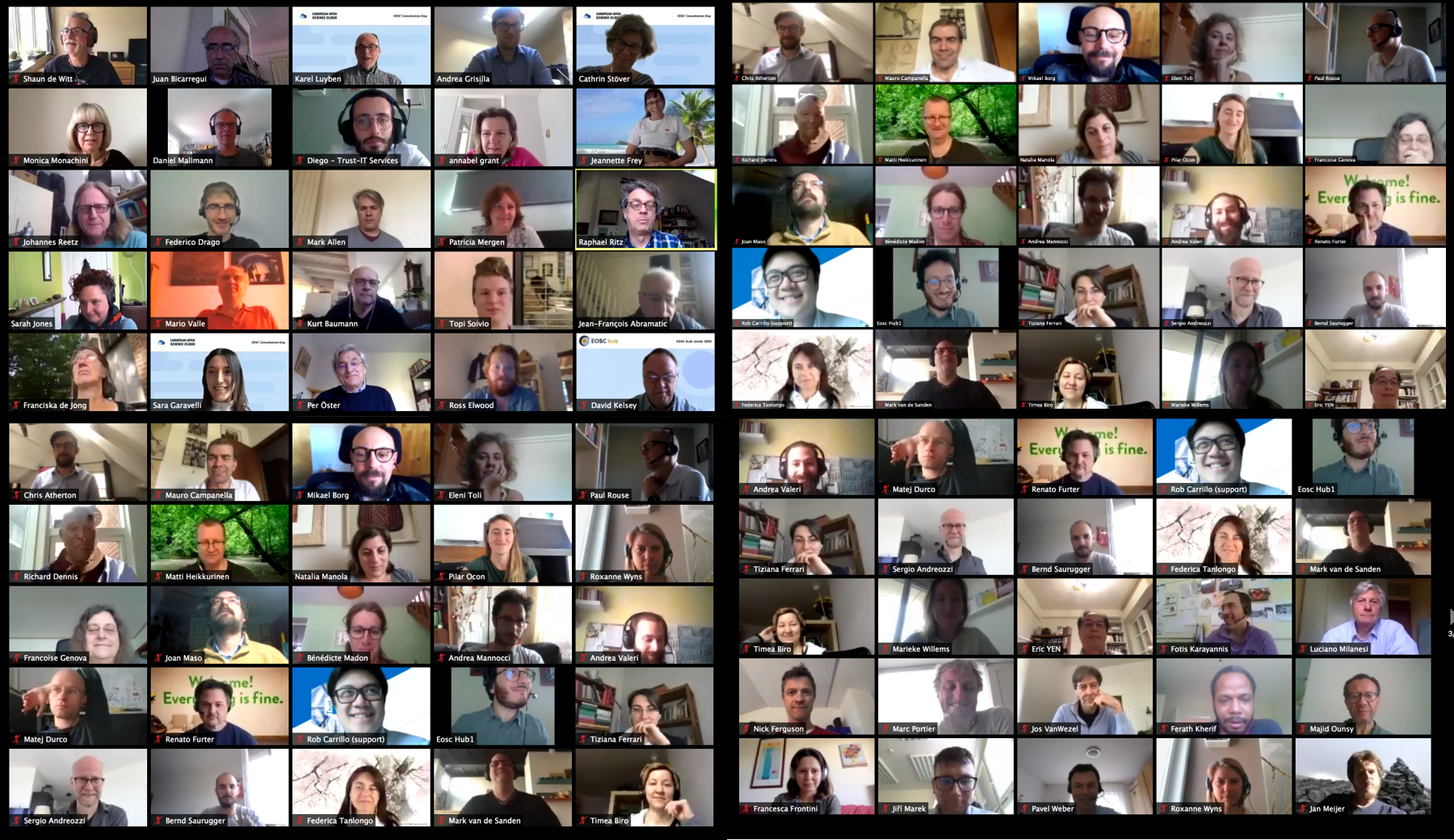Juan Bicarregui and Mark Thorley from SCD's Data Division are working on setting it up. But what, exactly, is EOSC?
“I think that if you ask 10 people what EOSC is you'll get 11 different answers!" jokes Mark.
EOSC is essentially a computing system that is bringing together lots of existing research projects and helping them to work better by sharing data, knowledge and expertise. It will be a place where researchers can store their own data, and access data generated by others. The system will also provide access to the tools needed to manage and analyse those data.
 SCD is involved in at least half a dozen of the projects that come under the EOSC umbrella, including several that are working with the photon and neutron facilities like Diamond and ISIS, and the EOSC hub, which is one of the major projects for e-Infrastructure.
SCD is involved in at least half a dozen of the projects that come under the EOSC umbrella, including several that are working with the photon and neutron facilities like Diamond and ISIS, and the EOSC hub, which is one of the major projects for e-Infrastructure.
“It's based on the principle of Open Science," says Juan. “The more you open up the different stages in research, the quicker you get results, the more you can share and get new opportunities."
Along with fellow SCD staff members Brian Matthews and Mark Thorley, Juan successfully led the EOSCpilot project, which laid the foundation for EOSC. The pilot finished last year and the European Commission is now going forward with a much bigger vision for an open science cloud that will effectively serve researchers across the whole of Europe.
“EOSC will enable existing systems to work together more effectively by setting standards for integrating data and research," says Juan, who is a member of the 11-person Executive Board that is advising the European Commission on EOSC. “It's building the software 'glue' that will allow researchers to use data and computing services from a wider range of sources."
“This doesn't come without its difficulties. If you wanted to build a road network, you wouldn't just ask each local council to build its own roads and then hope that they all join up. You need to have the right structures in place so people can have the conversations needed to develop the overall vision and overarching plan, and then allow each local area to meet it's own local requirements in a way that is consistent with that plan. Agreeing how the different data systems all join up is going to need a lot of discussion!"
Mark is a member of the EOSC Secretariat, the group which makes sure those discussions take place smoothly. The Secretariat supports the work of the EOSC Executive Board and the EOSC Governance Board (representatives from the Member States and Associated Countries and from the European Commission supervising EOSC implementation). “A lot of what we do is the less glamorous stuff, keeping all the wheels turning in a synchronised fashion," says Mark. EOSC, he says, is “both this collection of projects and this grand vision of how research in Europe can be equipped for the 21st century."
Juan and Mark's roles will help ensure that this huge European collaboration is successful. They are both excited to see the vision of open science realised, and are looking forward to seeing this ambitious project through to fruition.
